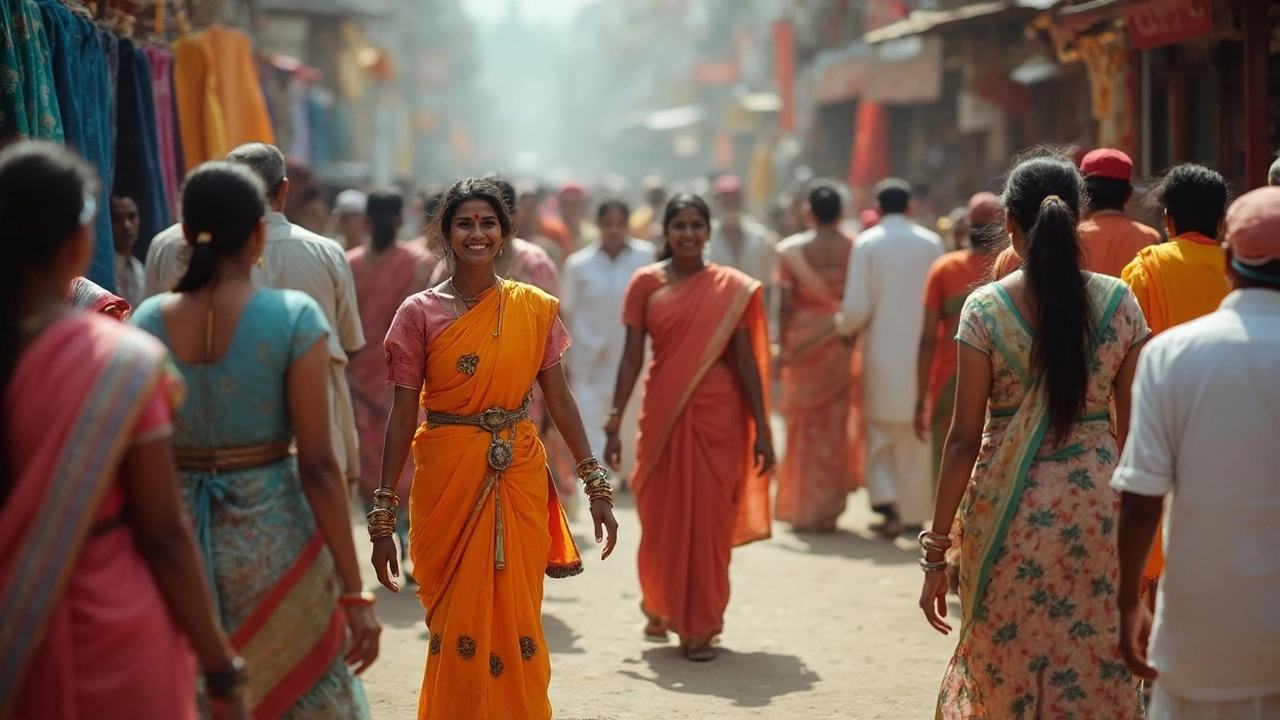Traditional Clothes of India: Quick Everyday Guide
If you want to know what Indians wear for daily life, festivals, or formal events, you’ve come to the right place. From the flowing saree to the comfortable kurta, each piece has a story and a purpose. Below you’ll find the most common outfits, how they differ by region, and simple tips on when to choose each.
Everyday Wear Across the Country
The most popular daily outfit for women is the salwar kameez. It’s a tunic (kameez) paired with loose pants (salwar) and a matching scarf (dupatta). You’ll see it in North India, Pakistan‑influenced areas, and even in metros where comfort matters. Fabric ranges from cotton for hot summers to light wool in cooler months.
Men often go for a kurta and pyjama combo. The kurta is a loose shirt that can be plain or embroidered, while pyjamas are draw‑string trousers. In the south, the same look is called a lungi when it’s a wrap‑around cloth. Lungi is cheap, breathable, and perfect for working in the fields.
Another staple for men, especially in West Bengal and parts of the east, is the dhoti. It’s a long piece of cloth wrapped around the waist and legs. Though it may look formal, many farmers and artisans wear dhotis daily because they’re easy to move in.
Festival & Formal Attire
When it comes to celebrations, the saree steals the show for women. A saree is a 5‑6 meter long strip of fabric draped elegantly around the body and over the shoulder. The style of draping varies: the Nivi style in the south, the Bengali style with the pleated front, and the Gujarati style with the pallu over the shoulder. Silk and zari work are common for weddings and festivals.
Men’s go‑to for big events is the Sherwani. It’s a long coat worn over a kurta and paired with churidar (tight fitting trousers) or a dhoti. Sherwanis come in rich fabrics like brocade or velvet and often feature intricate embroidery. They’re the outfit of choice for weddings, religious ceremonies, and formal receptions.
Another festive look for women is the lehenga choli. It consists of a flared skirt (lehenga), a fitted blouse (choli), and a dupatta. The lehenga is heavily embroidered, especially in Rajasthani and Gujarati weddings. The outfit is bright, heavy on detail, and designed to stand out in dance and photo‑ops.
For a blend of comfort and elegance, try the ankhindi or bandhgala** for men. These are short frock‑style jackets with a Mandarin collar, often paired with trousers. They’re ideal for evening parties and cultural shows.
Now you know the basics: salwar kameez and kurta for daily life, saree and lehenga for festivals, and sherwani or dhoti for formal occasions. Pick the fabric that fits your climate, choose colors that match the event, and you’ll feel right at home in any Indian setting.
